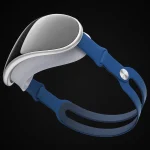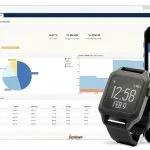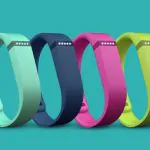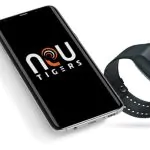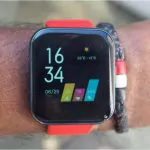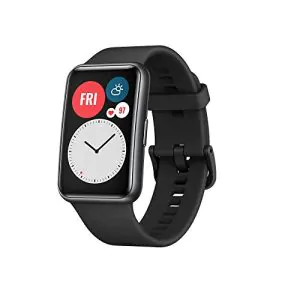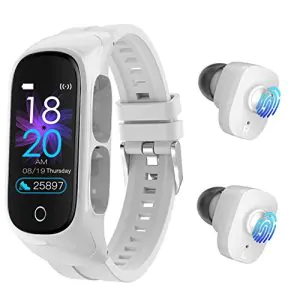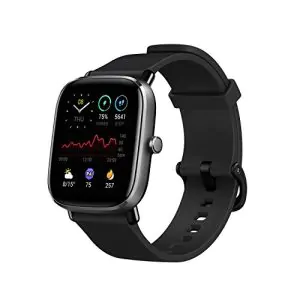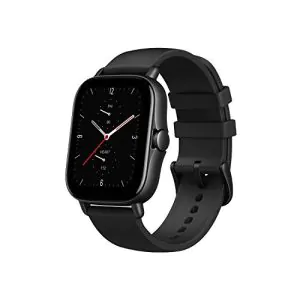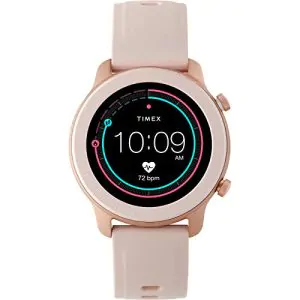
For the time being wearable tech is blissfully free of the ads that annoy us on computers and a bevy of mobile devices. For the most part on the Internet, unless you are ponying up for subscription sites and full ad-free versions of your favorite apps, you have become saturated with ads. Over time we learn to ignore them, keeping our eyes away from the locations they are likely to be found.
But, how do you ignore an app that is hovering over your field of vision? That may be the new challenge for consumers in the age of wearable tech. Though to be honest, the influence in behaviors may come in a less direct form. Today, we are going to take a look at two of the ways you might find your consumer behavior influenced by a device like Google Glass.
“Deal” Apps
Image an app that lets your comparison shop all of the time. Each time you concentrate on an item for more than 10 seconds it would give you a list of prices at local stores. Now, lets say you were only window shopping (or maybe you were on the fence about the item) finding a good deal would make you want to buy, and you could find yourself buying things that you would have skipped on in the long run, if you had waited to think about the buy. Don’t underestimate the power of a perceived deal in consumer behavior. A similar theory works with reviews of products.
Social Shopping Updates
5 of your Facebook friends liked the ice cream in the shop you are currently passing. Are you sure you don’t want to go in and give it a try? Yes, peer pressure might just be getting a makeover in the age of digital tech, and that could be for your bad bottom line. After all who wants to feel left out? Systems that monitor physiological responses could also take a shot at gaging your emotional state while you shop to give you updates designed to elicit those responses.
The research on this is already real, and developers will no doubt be taking note of it when they develop their advertising platforms and monetize their devices.
Image: Morgue File

